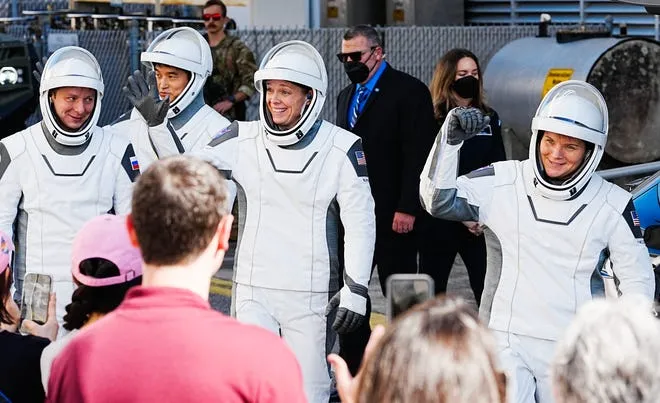
The NASA SpaceX Crew-10 launch marks another milestone in commercial spaceflight. But is this a step forward for space exploration, or are technical delays and growing competition creating new challenges?
The much-anticipated NASA SpaceX Crew-10 launch, initially scheduled for March 14, 2025, has stirred excitement and concern in equal measure. As the latest mission to transport astronauts to the International Space Station (ISS), Crew-10 represents another chapter in the growing collaboration between NASA and SpaceX. While this mission underscores the continued success of commercial spaceflight, delays and rising competition cast shadows over its significance.
The Excitement Around Crew-10
SpaceX has revolutionized space travel with reusable rockets, efficient launch systems, and partnerships with NASA that have made sending astronauts to the ISS a routine endeavor. Crew-10 continues this trend, with four astronauts poised to embark on a six-month mission aboard the ISS. The mission highlights not just technological advancements but also the increasing role of private companies in space exploration.
NASA’s trust in SpaceX remains strong, and Crew-10 is another example of their successful partnership. The mission aims to conduct crucial scientific research, technology demonstrations, and international collaborations that will help pave the way for deep space missions, including the Artemis program’s goal of returning humans to the Moon and eventually reaching Mars.
The Setbacks: Scrubs and Delays
Despite its promise, the Crew-10 launch has faced setbacks. Initially set for March 11, the launch was pushed to March 14 due to technical concerns and weather conditions. Such delays, while common in spaceflight, raise questions about the reliability of launch schedules and whether increasing demand for space missions is straining available resources.
Additionally, the delay allows Boeing’s Starliner program, which has struggled to catch up with SpaceX’s advancements, a moment to regroup. The commercial space race is intensifying, and every delay gives competitors an opportunity to make their case for alternative solutions. If NASA wants to ensure continued progress, addressing these setbacks proactively is essential.
The Future of Commercial Space Travel
The Crew-10 mission is another stepping stone in NASA’s goal of expanding commercial space travel. However, challenges remain. As private companies like SpaceX, Boeing, and Blue Origin vie for dominance, competition could either push innovation further or lead to rushed developments and potential safety concerns.
There’s also the financial aspect to consider. As government funding is spread across multiple projects, NASA must ensure that each mission provides value while maintaining its commitment to safety and scientific advancement. The Crew-10 launch, while significant, must also justify its cost in a rapidly changing space industry.
Final Thoughts: Step Forward or Red Flag?
Space exploration is inherently risky, and delays are part of the process. The Crew-10 mission is still poised to be a success, reinforcing SpaceX’s role in modern spaceflight. However, these delays highlight the fragile nature of space launches and the need for continued investment in reliability and innovation.
As NASA and SpaceX prepare for liftoff, the world watches closely. Will Crew-10 mark another major success, or will it signal that challenges in commercial spaceflight are just beginning?